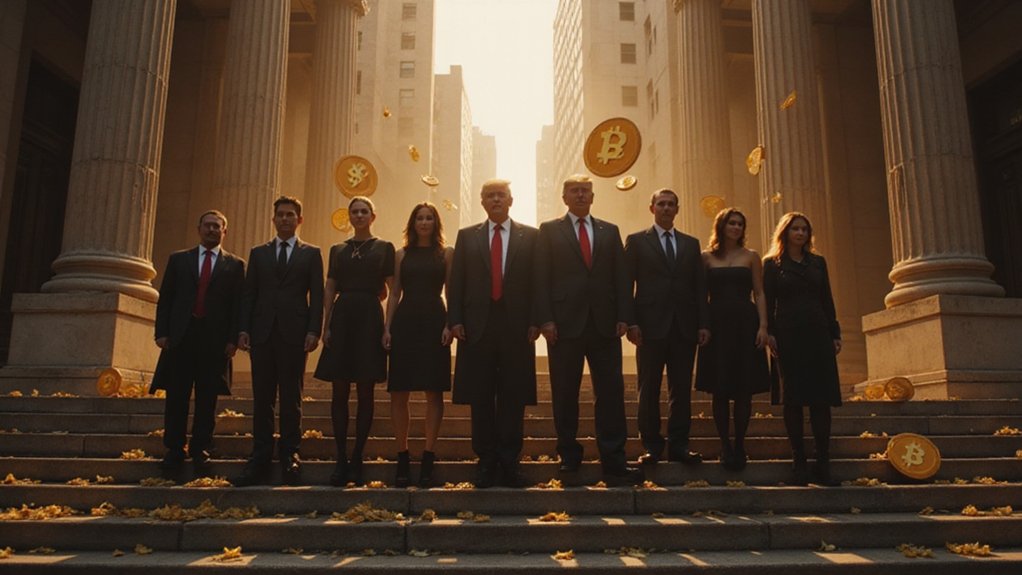Ethereum’s meteoric ascent through 2025 has transformed what appeared to be a manageable short position into a trader’s nightmare, with the cryptocurrency’s relentless climb past $4,000 systematically dismantling bearish positions that seemed prudent when ETH languished near $2,250 in May.
The subsequent rally past the 50-week moving average triggered a cascade of forced buying that would make even seasoned derivatives traders wince—short sellers found themselves caught in the market equivalent of quicksand, where every struggle to escape only accelerated their demise.
The mechanics behind this obliteration reveal the unforgiving nature of crypto derivatives markets. Between $4,000 and $4,400, dealers maintained negative gamma exposure, creating a perverse incentive structure where rising prices demanded additional ETH purchases to maintain hedges.
This gamma squeeze effect produced a self-reinforcing feedback loop—as prices climbed, forced buying intensified, which pushed prices higher still, demanding yet more buying. Short sellers, already underwater, watched helplessly as their hedge strategies crumbled beneath the relentless mechanical pressure of derivatives positioning.
Strong institutional buying provided the fundamental catalyst, exacerbated by supply constraints that transformed routine demand into price-moving force. Regulated exchanges operating under strict EU regulations are facilitating this institutional adoption by providing compliant trading infrastructure that bridges traditional and digital asset markets.
Co-founder Jeffrey Wilcke’s decision to move 9,840 ETH (valued at over $9 million) exemplifies the high-stakes maneuvering accompanying such volatility, while prominent figures like Arthur Hayes and Erik Voorhees positioned themselves for what analysts project could reach $15,000 to $25,000 by year-end.
These multimillion-dollar moves signal confidence in Ethereum’s trajectory while simultaneously creating the liquidity shifts that punish overleveraged bears.
The technical picture suggests resistance around $4,400—precisely where dealer hedging behavior might temporarily pause the advance.
Yet with spot Ethereum ETFs providing institutional legitimacy and the Dencun upgrade enhancing scalability, the fundamental backdrop remains decidedly bullish. Current predictions indicate Ethereum could reach an average price of $6,124.39 throughout 2025, providing additional validation for bullish positioning amid the short squeeze dynamics.
Short-term targets of $4,300 to $4,800 by late August appear conservative against longer-term forecasts projecting $20,000+ by 2029.
For those who bet against Ethereum’s ascent, the lesson proves expensive: in markets driven by mechanical buying and institutional appetite, being right about timing means little when liquidity evaporates beneath you.
The obliteration was as predictable as it was brutal—a reminder that fighting momentum in thinly-traded markets often ends precisely one way.









